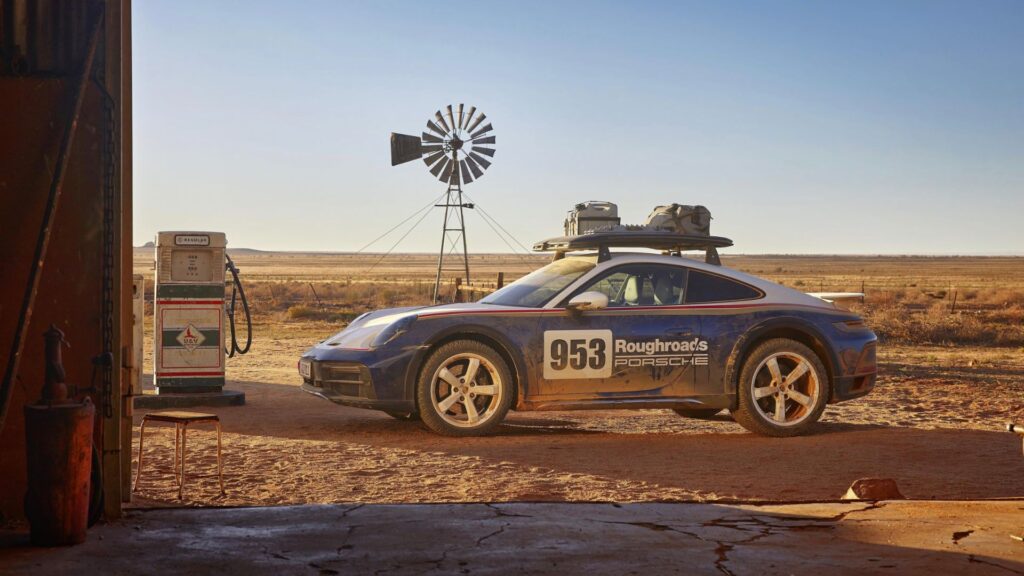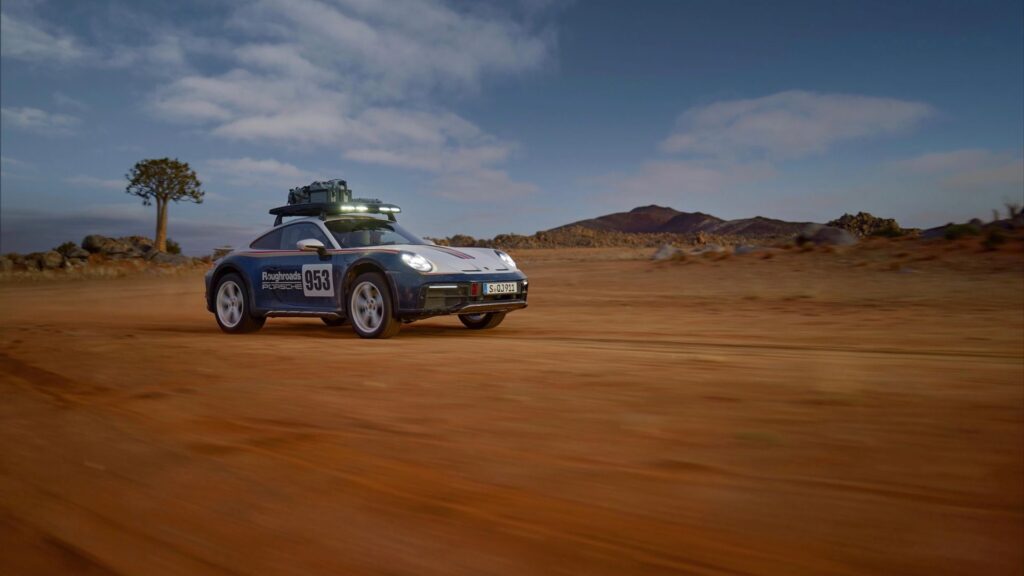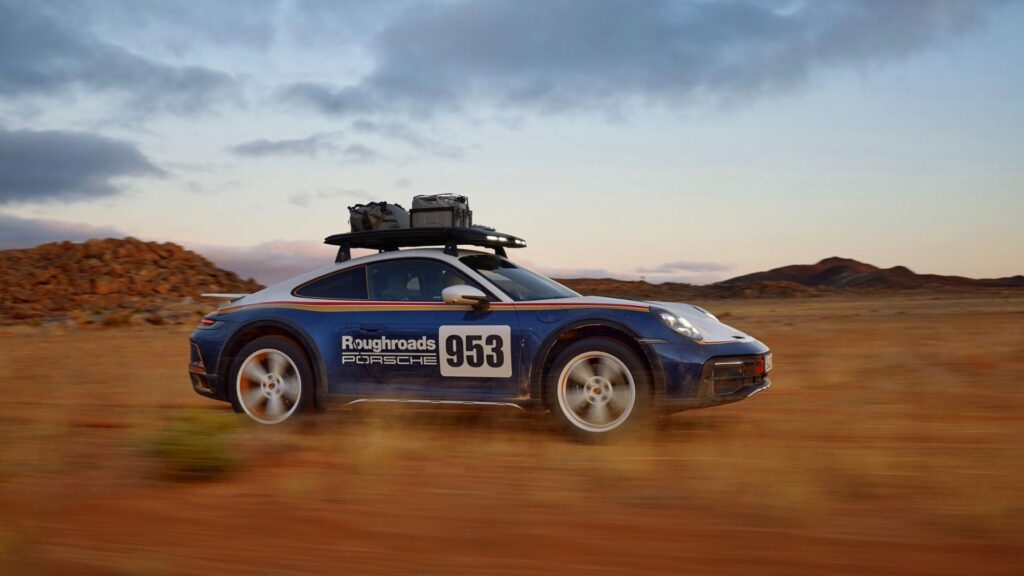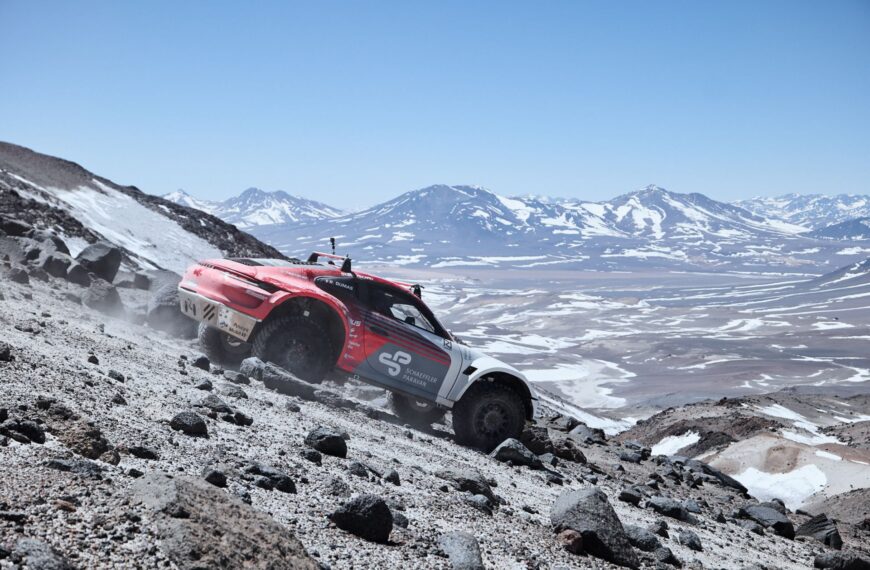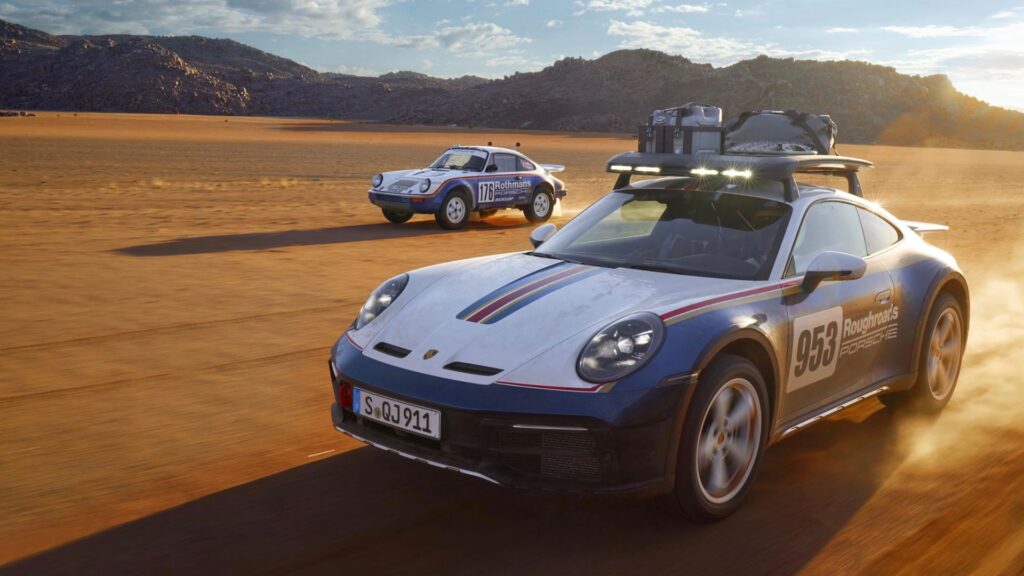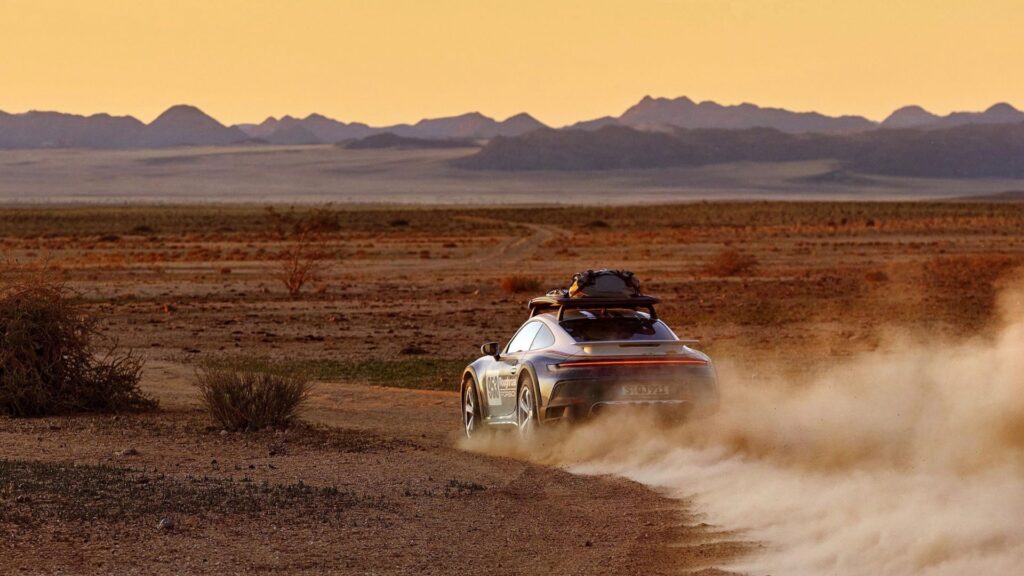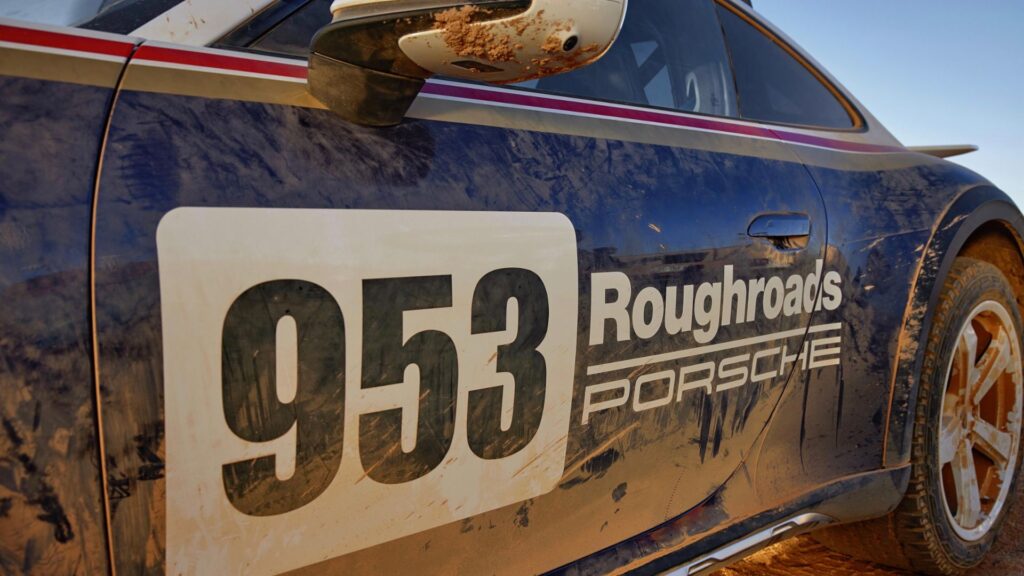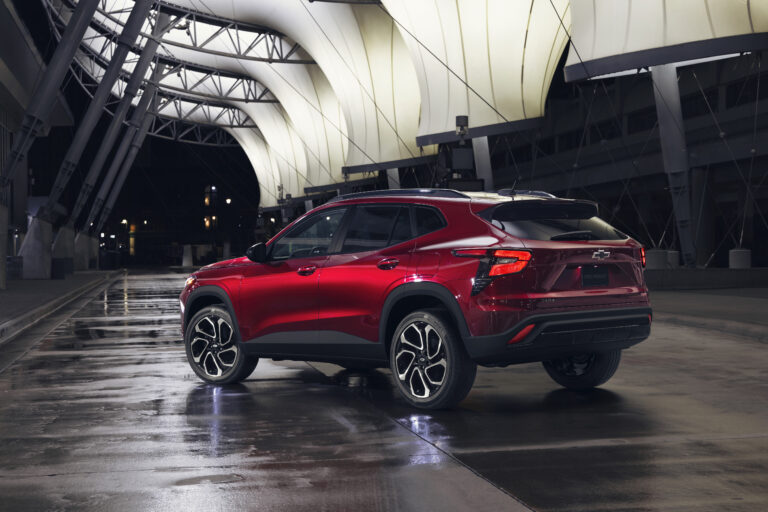Porsche’s newest supercar is one out of left-field, one that’s lifted and offroads… it’s a 911!
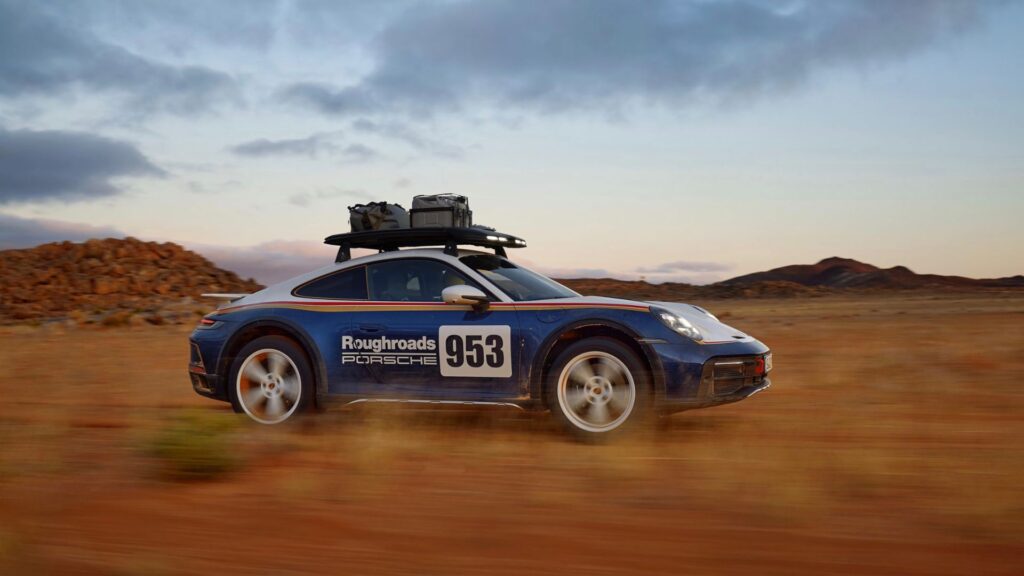
Porsche’s supercar lineup is filled with the usual: the track-oriented 911 GT3 RS, the 718 based GT4 RS, the big boy flagship Turbo S, and now its newest addition is one that emulates more of an SUV than a car meant for the streets. The Porsche 911 Dakar is a vehicle that quite frankly no one saw coming, meant for the dunes instead of the street, this new foe is the latest in a world of increasingly peculiar vehicles.
While most cars are trying to make themselves lower for aerodynamics and fuel efficiency, Porsche takes the counterpoint, building up instead. The folks at Stuttgart apparently got sick of dominating the racetrac and took to the trails to prove exactly what the brand is all about.
The Dakar Goes Where No Porsche Has Gone Before
If we told you 10 years ago that Porsche would build an off-road supercar meant to tackle the Paris-Dakar Rally instead of the Nurburgring, you would’ve laughed in our face and probably splashed water to wake us up. But now, what seems so far-fetched has somehow turned into close reality with the brand unveiling its slowest supercar since the 1970’s.
Before you write to us about the Dakar not falling into the supercar category, its price tag begs to refute. A starting price of $223,450 shouts that this trip to Moab might not be a cheap one, but one in style. Raised up 50 mm over the Carrera GTS that the Dakar is based on, this 911 looks like more of a car we’d find at Monster Jam instead of the classic low-slung design we’ve grown so accustomed to.
If you’re so inclined to feel the need for even more ground clearance or if you want to drive over the literal Rocky Mountains, the Dakar can raise itself up an extra 30 mm using an electronic ride height adjuster. That’s on par with most conventional SUVs we’ve tested on the trails. At full lift the Dakar tops its needle out at a relatively measly 105 mph and in all other circumstances, its 473-hp boxer 6-cylinder can reach speeds up to a computer-governed 150 mph.
That makes the Dakar one of the slowest Porsches to ever have the 911 script emblazoned on its sides. We can see why Porsche only limited its top speed to a buck and a half, there’s quite literally everything but the kitchen sink tacked onto the car. An optional roof-rack holding up to 92 lbs can be specced on the Dakar so Stuttgart doesn’t want to sign any liability waivers about a jerry can flying down the dirt at Bristol Motor Speedway.
If it’s Got the Porsche Badge… It’s a Porsche
Be wary and don’t be fooled however. If it’s built in Stuttgart and has the Porsche badge.. it’s probably a Porsche. What we mean to say is, the top speed of the Dakar isn’t even close to indicative of what this special 911 is capable of. Built on of Porsche’s flagship sports cars, the 911 Dakar is no slouch.
Rocketing itself from 0-60 in a mere 3.2 seconds, the fabled flat-6 makes light work of the sand dunes. The Dakar is a hodgepodge of 911 parts taking bits and pieces from quite literally every 911 on the market. A hood from the GT3 here, carbon brakes from the Carrera S there— all combined to make this 911 the most built off the Interstate. Specially made tires by Pirelli beef up the construction of the rubber and make the tire nearly puncture-proof. The Dakar still retains the basic setup of the 4 wheels, a staggered setup but slashes overhang in the front for better approach and departure angles.
Finding itself in uncharted waters in the sports car and supercar segments, Porsche had to swap out the carbon fiber for plastic ornaments littered around the vehicle. The 911 also ditches its standard Individual and Sport+ drive modes replacing them with a duo of Rally and Off-Road modes. The former sends most of the Dakar’s power to the rear wheels, making a peculiar change to the AWD Porsche has used for a while. The new system allows for better torque vectoring off the beaten path, something that comes as a new innovation to the relatively pedestrian usage of the all-wheel drive program in other Porsche models.
The 911 Dakar is Yet Again Another Nutcase in VW’s Lineup
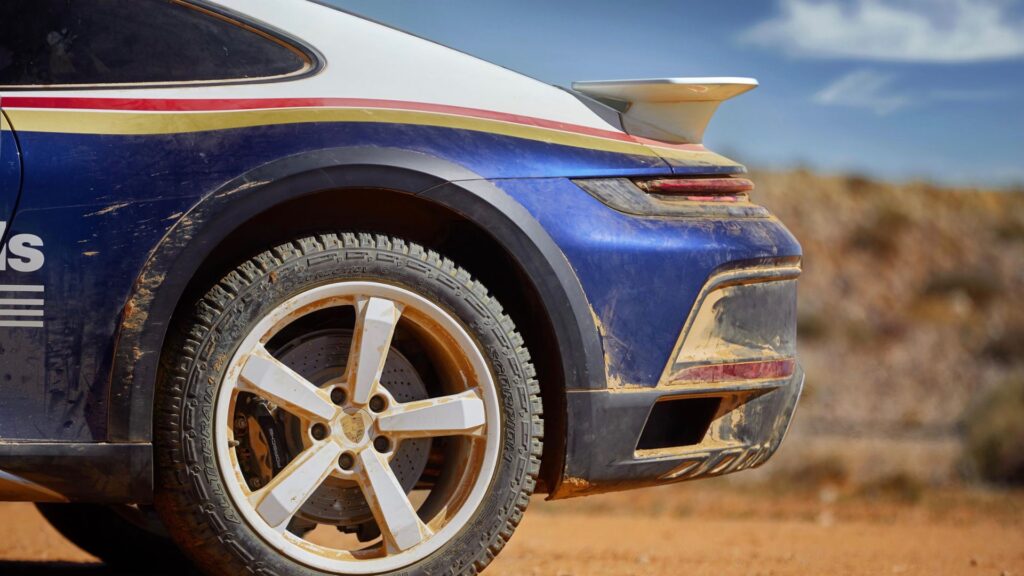
For years, Porsche has been regarded as one of the world’s premier sports car brands, being the benchmark for automotive culture all around the globe. But we can’t help but think where in the world is the VW group going with this. While Porsche has been making some version of the 911 Dakar since 1978— the year of the first Paris-Dakar Rally, the company has never brought it to production.
The VW Group, whom Porsche is owned by, is also giving the off-road supercar segment a trial run with the Lamborghini Huracan Sterrato, a beefed up variant of the already bonkers Huracan. While neither were what supercar spotters were begging to see, they’re both first of their kind for overlanding supercars… is that even a thing? The mid-engined Huracan might be better off road due to its weight distribution over the rear-oriented wheels but both should do the trick just fine.
We’d advise you to get past the ridiculous value proposition of the Dakar. Look past the gargantuan lift, utilitarian roof-rack, and tires beefier than an Arby’s sandwich and you get one of the most unique vehicles to ever come out of a German factory. With only 2,500 units ever being produced, we’ll assure you that these will be gobbled up before you could ever lay eyes on it.



